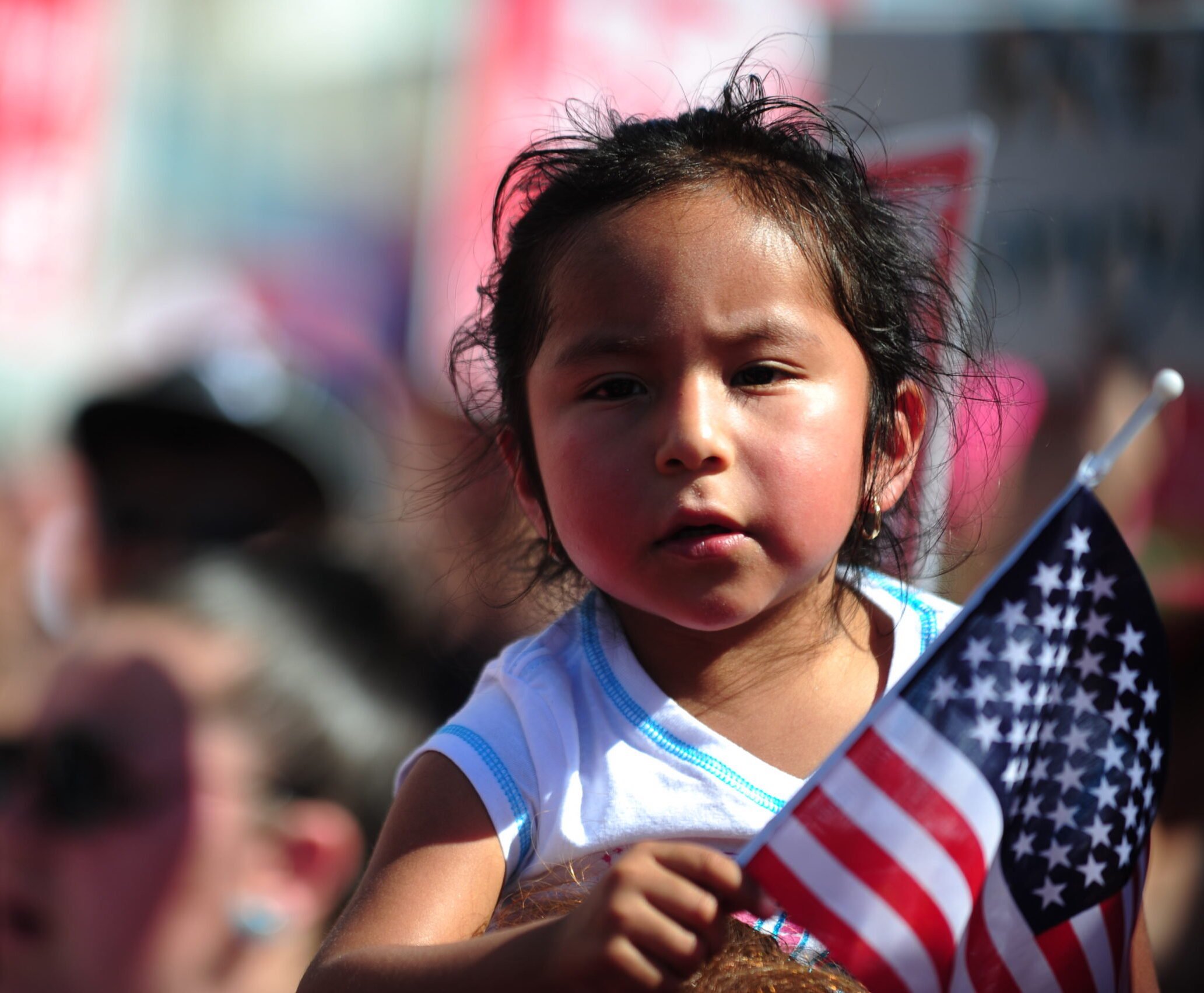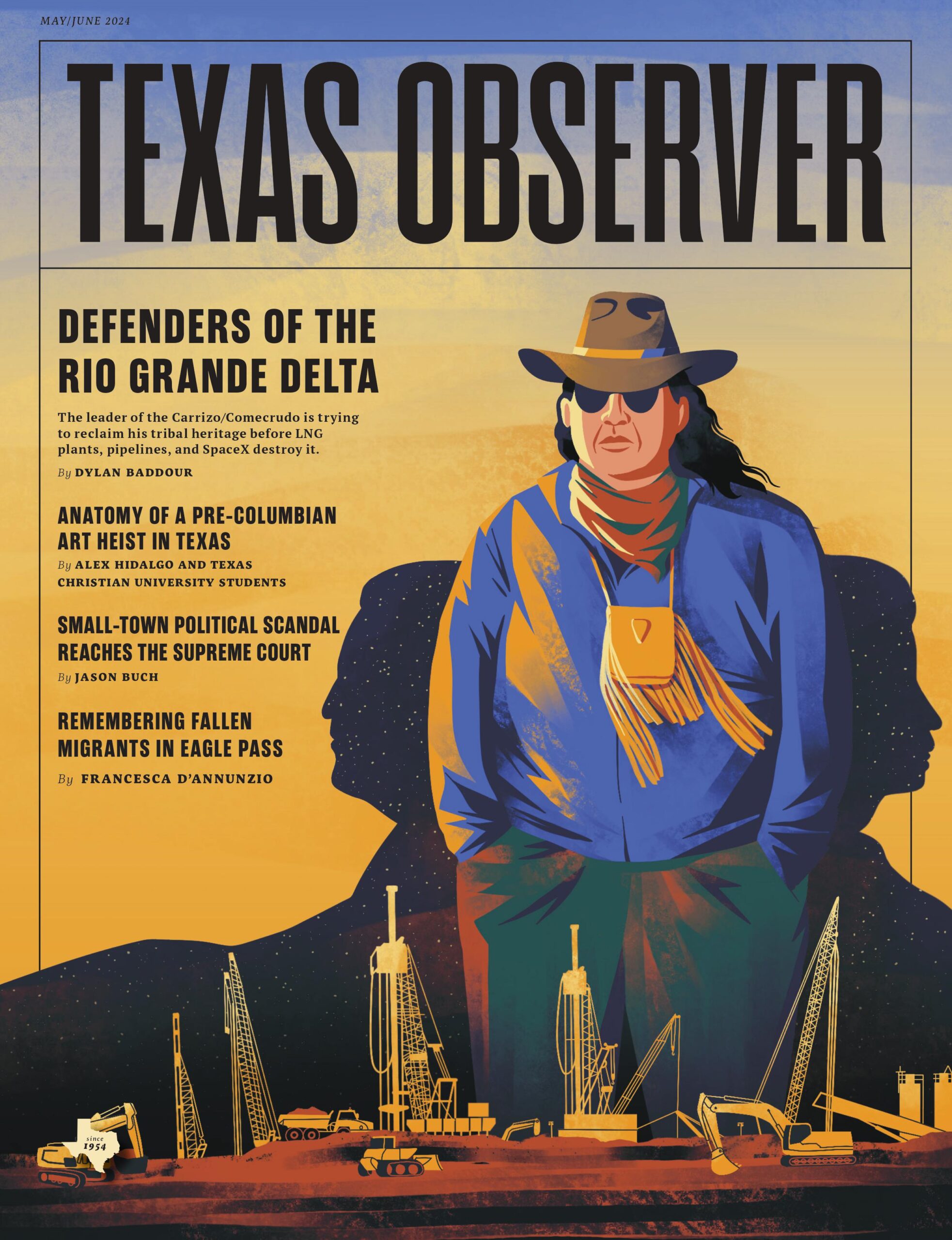ustxtxb_obs_1966_11_25_50_00003-00000_000.pdf
Page 7
-__ a iallon4 months will have to be used far more adroitly and quietly than the last twelve. Otherwise, Vietnam will really be the central issue of the ’68 campaign, as it was not in the mid-terms [last] week.” 4 In the next few days, weeks, or months, the President will make a decision on what to do now and will commit himself and us all to its consequences. It would be better that he let the war drag out, but cut it back, than that he risk the end of the world to try to finish off North Vietnam in time for his re-election. Surely the chances of ending the war do not lie in that direction. Escalation has been tried and tried, and it just hasn’t worked. Every justification of more troops, more bombing, as the way to end the war, to bring Ho to the conference table, has turned to blood and bitterness. If, as Mr. Reston hopes, the President wants to end the war, as he should, let him do it then with no puny fear of inconsistency. “They say I am inconsistent,” Walt Whitman wrote somewhere. “All right, I am inconsistent! I am large I contain amplitudes.” Lyndon Johnson, history knows, is large, and contains amplitudes. Let him end the war, then, with concessions; with broadness of heart, and with love of his fellow man, whatever government he lives under, wherever he lives in the world. Carr’s Bid Victim of Undertow Austin The crosscurrents that are Texas politics in the 1960’s pushed John Tower along to a return to the U.S. Senate, drowning out the hopes of Atty. Gen. Waggoner Carr. The challenger went down because of several conflicting tides of opinion among the state’s voters. Establishment Democrats believed, on the whole, that Tower well represents their views in Washington; they were largely unconvinced that there was any reason to make a change. Latin American voters were a surprising source of strength for Tower; enough of them defected from their normal Democratic voting habits to, for instance, carry Bexar County for the senator. Liberal and labor voters, wary of the challenge that Carr, as senator, would pose to the power and prestige of U.S. Sen. Ralph Yarborough and slighted by Carr throughout the campaign, took the Tower-Carr race as another opportunity to encourage a two-party Texas. Negro voters were the only usual source of Democratic strength that stayed with Carr. As in 1961, Tower’s victory was largely in the cities, with margins in the 16 counties of over-100,000 population forming the nucleus of his winning margin. He won 15 of those counties, with some percentages of 60%, losing only McLennan County state’s 16 metropolitancounties. He showed increased strength throughout the state, winning 140 of the 254 counties, compared to 75 in 1961. Many of the counties which the senator carried were usual Democratic strongholds. Probably the most startling Tower win was in Jefferson County, where he won by nearly 2-1. He carried eight counties which had never been won by a Republican before Palo Pinto, Angelina, San Augustine, Tyler, Bowie, Wood, Lampasas, and Titus. The senator’s staff reported surprise at Tower’s winning Jefferson, Bexar, El Paso, Nueces, and Travis Counties. The 50,000vote edge in Harris County was a surprise too; 30,000 votes had been the margin looked for. Tower said that he had expected to get 52% of the votes; he got 56.5%. THE VOTE was lighter than expected 1,486,055 ballots cast. Republicans turned out in good, strength, while Establishment Democratic precincts, Latin, labor, Negro, and liberal boxes recorded lighter turnout percentages. As a a result, Gov. John Connally is virtually certain to control the Democratic Party in its state and local conventions in 1968. Delegate strengths of those conventions YOU’LL EiE SoRRY, RALPg YARBoRoaCill I ! are based on the vote in the governor’s race in the preceding general election. A computer analysis the day after the elections showed tentatively that Carr carried 78% of the Latin vote, substantially below what a Democrat normally expects. If the computer report is accurate, Negroes voted 93% for Carr, Anglos 65% for Tower; the higher income groups were reported to have voted 77% G.O.P.; middle income, 59% G.O.P.; and lower income, 69% Democratic. Ticket splitting was more frequent than in any previous Texas election. In Harris County, for instance, many voters in one Congressional district supported Democrats, except for Tower, Henry Grover that those voters had to jump from the Democrats’ column to the G.O.P.’s two or three times. Who voted for Tower? Probably the breakdown was about 100,000 liberals, 365,000 Republicans, and 375,000 Establishment Democrats. The figure for the liberal vote takes into account the fact that 88,000 fewer people voted in the gubernatorial race, in which there were two conservatives running. The Republican figure is the number of votes Connally’s opponent, T. E. Kennerly, received. Republicans elected in Texas include Tower in the U.S. Senate, BuSh and Bob Price of Pampa in the U.S. House, four state legislators \(including Grover in the election won, including county judges in Harrison, Kerr, and Midland counties; commissioners in Ector, Hutchinson, Pecos, and Randall counties; two justices of the peace in Bexar County and one in Kenedy County. Newly-elected Republicans include justices of the peace in Harris, Dallas, Brazoria, and Wharton counties; county commissioners in Jeff Davis, Kenedy, Pecos, and Midland counties; and a new tax assessor-collector in Midland. Tower’s cutting into the Latin vote is most largely traceable to Carr’s presence with Gov. Connally at the New Braunfels confrontation during La Marcha, a presence that was widely publicized in Latin precincts during the campaign. Starr County, home of the Latin farm workers who marched to Austin, gave Tower 22% leader has said that El Paso was lost because of Carr’s role in the march. Celso Moreno, a Tower campaign assistant, found that 37 El Paso precincts with Latin voters favored Carr by only 58%. Of 18 almost totally Latin precincts in San Antonio, Tower, despite the efforts of Cong. Henry B. Gonzalez, got 25% of the vote, compared to 6% in 1961. Those 18 boxes in San Antonio cost Carr 8,000 votes his margin of defeat in the county. Seagal Wheatley, Bexar County GOP chairman in San Antonio, addressing a victory celebration election night, said, “I want you to know what was the difference in this election. It was the [Latin] West Side of San Antonio. Take Box 15, which was 2% [for the G.O.P.] in 1964. It went 27% for Senator Tower. . . . The people who live on the [prosperous] North Side didn’t do that. You did it, the Latinos for Tower.” Eddie Montez, a businessman who campaigned for Carr, said “that marcha really hurt us.” Cty. Comm. Albert Pena said, “I don’t think anyone could have turned the vote away which Tower got among Mexican-Americans. The Connally-Carr confrontation on the marcha affected many people very deeply. I don’t think that Mexican-Americans who voted for Tower are going to stay in the Republican col November . 25, 1966 3


